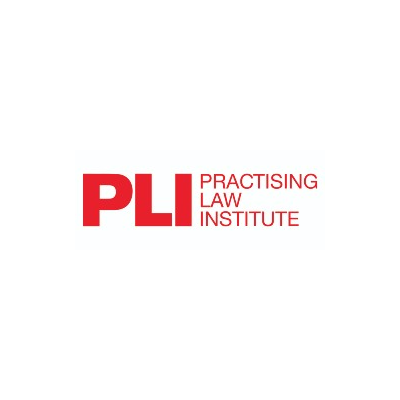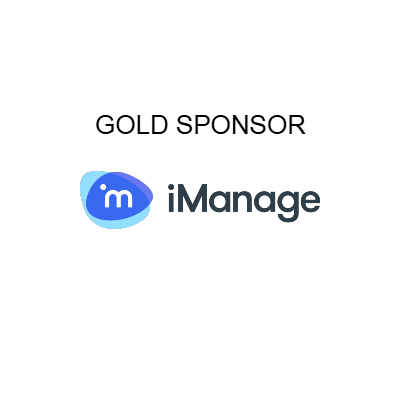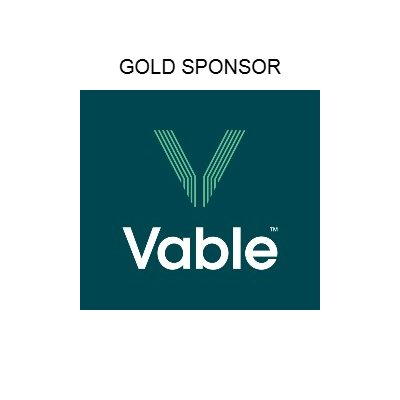Riverview Law — Creating A New Model Law FirmAnswers completed by Andy Dawws, Vice President, North America 1. What goal were you trying to achieve? The UK’s Legal Services Act 2007 was designed to promote competition, innovation and the public and consumer interest, and served as a catalyst for many new market entrants and alternative models. Born out of a professional services business specializing in advisory outsourcing for HR and employment law (AdviserPlus), Riverview Law was created from the ground up to help organizations change the way they use, measure and buy legal services. Why was it important? The legal profession has long been protected by myth and regulation from the normal competitive pressures faced by just about every other industry, resulting in a plethora of traditional law firms structured for the benefit of their Partners, rather than for their customers. Riverview Law seeks to change this paradigm by putting the customer at the center of its model, building from the customer out, rather than the Partner down. 2. How did you gather the internal support, resources and personnel to make it happen? Was there resistance? Riverview was the brainchild of the Executive team at AdviserPlus, which itself was a relatively young and pioneering organization. Encouraged to enter the legal services space by existing customers, and heavily incentivized by the Legal Services Act, there was unanimous support to enter this market. It soon became apparent that the size of the opportunity merited an independent organization rather than merely an additional business division. 3. What was the most satisfying aspect of making your project a reality? The team unified around a set of common goals to deliver a number of challenging tasks across multiple work streams in a very short space of time. Key dependencies included raising the necessary capital, navigating a complex regulatory landscape spanning both solicitors and barristers, identifying innovative new roles and suitable recruitment/on-boarding processes, and creating a state-of-the-art IT platform to underpin the entire organization. 4. How have you measured the success of your innovation over time? As you would expect, we measure our success using a variety of indicators, but without a doubt genuine customer feedback is one of the most important. We’ve been delighted to win many new customers across our respective market offerings, but as a truly customer-centric organization, the real measure of our success is to what extent we meet, or better yet exceed, their expectations. We have developed a rigorous process to capture and act upon feedback from all our customers. 5. How have your lawyers, staff and clients responded to this innovative accomplishment? As an entirely new organization, we had no existing lawyers, staff or clients needing to make an adjustment. That said, we recognized that we were creating something quite different from the incumbent marketplace, and that this would create some specific challenges when recruiting individuals from within it. We created complex recruitment processes to ensure that the newly recruited team were able to work in a transparent, fast-moving and tech-savvy environment. 6. What has been the reaction from your competitors, or from the local legal community and media? Predictably, Riverview received a mixed reception from the marketplace at launch, with much interest from the legal media, and no small amount of cynicism from more traditionally-minded lawyers. Media interest has remained strong, with the Riverview model proving successful across various markets, resulting in strong revenue growth and increasing brand recognition. While naysayers undoubtedly still exist, they are a lot less vocal now! 7. What advice do you have for others who might wish to make something new happen in their law practice or firm? We are at a major inflexion point in our industry and this presents an enormous opportunity for those who are willing to embrace it. Traditional firms are encumbered by embedded resources, processes and priorities, and creating meaningful change in this environment will require persistence, time and broad stakeholder buy-in. Smaller firms can be more flexible in this regard, and should take advantage of this to ride the wave of change into the new normal. 8. Is there anything else you’d like to share with our readers about your experience with this project? Riverview Law is testimony to what can happen when business people and lawyers put their heads together and dare to ask “What is it that customers actually want and need, and how can we best deliver that?” The future will belong to those who focus on the customer, and our experience with this project suggests that it will involve increased transparency, efficiency, technology, collaboration and a much greater emphasis on both legal and business outputs. |














